
De La Soul is an American hip hop group formed in 1988 in the village of Amityville on Long Island, New York. They are best known for their eclectic sampling, eccentric lyrics, and contributions to the evolution of the jazz rap and alternative hip hop subgenres. Kelvin "Posdnuos" Mercer, David "Trugoy the Dove" Jolicoeur, and Vincent "Maseo" Mason formed the group in high school and caught the attention of producer Prince Paul with a demo tape of the song "Plug Tunin'".

3 Feet High and Rising is the debut studio album by the American hip hop group De La Soul, released on February 6, 1989, by Tommy Boy Records. It was the first of three collaborations with the producer Prince Paul, and was the critical and commercial peak of both parties. The album title comes from the Johnny Cash song "Five Feet High and Rising". The album contains the singles "Me Myself and I", "The Magic Number", "Buddy", and "Eye Know".

Raising Hell is the third studio album by American hip hop group Run-D.M.C., released on May 15, 1986, by Profile Records. The album was produced by Russell Simmons and Rick Rubin. Raising Hell became the first Platinum and multi-Platinum hip hop record. The album was first certified as Platinum on July 15, 1986, before it was certified as 3× Platinum by the Recording Industry Association of America (RIAA) on April 24, 1987. It is widely considered as one of the most important albums in the history of hip hop music and culture.

3 Years, 5 Months and 2 Days in the Life Of... is the debut album by American hip hop group Arrested Development, released on March 24, 1992. The album's chart success ignited the popularization of Southern hip hop. Named after the length of time it took the group to get a record contract, 3 Years, 5 Months and 2 Days in the Life Of... starkly contrasted the gangsta rap that ruled the hip hop charts in 1992, focusing on spirituality, peace and love.

Hypocrisy Is the Greatest Luxury is the debut album by alternative hip hop crew The Disposable Heroes of Hiphoprisy, released in 1992. Hypocrisy Is the Greatest Luxury was met with critical acclaim.

Black Sunday is the second studio album by American hip hop group Cypress Hill. It was released on July 20, 1993, by Ruffhouse and Columbia Records. The album proved to be a massive success just like their debut, Cypress Hill. The album debuted at #1 on the US Billboard 200, selling 261,000 copies in its first week of sales and became the highest Soundscan recording for a hip hop group at the time. Also, with their previous album, Cypress Hill, still in the charts, they became the first hip hop group ever to have 2 albums in the Top 10 of the U.S. Billboard 200 at the same time. The album went four-times platinum in the U.S. with 3.4 million units sold.
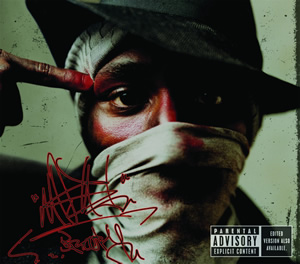
The New Danger is the second studio album by American rapper Mos Def, released on October 12, 2004, by Rawkus and Geffen Records. It is the follow-up to his breakthrough solo effort Black on Both Sides (1999), after which he devoted more time into his film and stage career.

Wyclef Jean Presents The Carnival, also known simply as The Carnival, is the debut studio album released by Haitian hip hop musician Wyclef Jean. The album was released on 24 June 1997. Wyclef Jean also served as the album's executive producer. The album features guest appearances from Celia Cruz and The Neville Brothers and multiple appearances from Jean's former Fugees bandmates, Lauryn Hill and Pras.
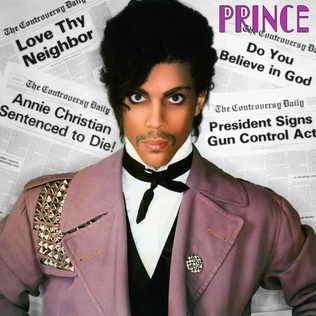
Controversy is the fourth studio album by the American singer-songwriter and musician Prince, released on October 14, 1981, by Warner Bros. Records. It was produced by Prince, written by him, and he also performed most of the instruments on its recording.

Yo! Bum Rush the Show is the debut studio album by American hip hop group Public Enemy, released on February 10, 1987. It was recorded at Spectrum City Studios in Hempstead, New York, and became one of the fastest-selling hip hop records, but was controversial among radio stations and critics, in part due to lead rapper Chuck D's black nationalist politics. Despite this, the album has since been regarded as one of hip hop's greatest and most influential records.
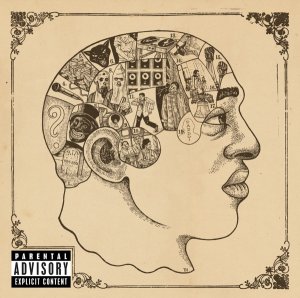
Phrenology is the fifth studio album by American hip hop band the Roots, released on November 26, 2002, by MCA Records. Recording sessions for the album took place during June 2000 to September 2002 at Electric Lady Studios in New York. It was primarily produced by members of the band and features contributions from hip hop and neo soul artists such as Cody ChesnuTT, Musiq Soulchild, Talib Kweli, and Jill Scott.

Of the Heart, of the Soul and of the Cross: The Utopian Experience is the debut album by American hip hop group P.M. Dawn. It was recorded at Berwick Street Studios and Gee Street Studios in London. The album features soul vocals and stream-of-consciousness raps by Prince Be and unconventional samples by producer DJ Minutemix.

Illadelph Halflife is the third studio album by American hip hop band the Roots, released September 24, 1996, on DGC and Geffen Records. It features a tougher and broader sound than their previous album, Do You Want More?!!!??! (1995). The album also contains integration of programmed drums and guest contributions by R&B musicians such as Amel Larrieux and D'Angelo, as well as jazz musicians such as David Murray, Steve Coleman, Cassandra Wilson, Graham Haynes. In 1998, the album was selected as one of The Source's 100 Best Rap Albums. In 2006, the album was selected as one of Hip Hop Connection's 100 Best Rap Albums from 1995 to 2005. The multi-track tapes recorded to mix the album were destroyed in a fire at the Universal Studios back lot in 2008, however, the original 1996 master tape remains unaffected.
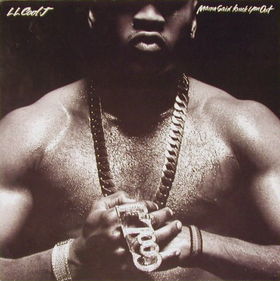
Mama Said Knock You Out is the fourth studio album by American rapper LL Cool J. It was produced mostly by Marley Marl and recorded at his "House of Hits" home studio in Chestnut Ridge and at Chung King House of Metal in New York City. After the disappointing reception of LL Cool's 1989 album Walking with a Panther, Mama Said Knock You Out was released by Def Jam Recordings on September 14, 1990 to commercial and critical success.

Pre-Millennium Tension is the second album from English rapper and producer Tricky, released in 1996. It was a conscious effort by Tricky to depart away from the trip hop label with which critics had described his previous music. The album was well received by critics, being named the ninth best record of the year in the 1996 Pazz & Jop poll.

The Bliss Album...? is the second studio album by American hip hop duo P.M. Dawn. It was released on March 23, 1993, by Gee Street and Island Records. Although some critics considered it less successful than the duo's first record, The Bliss Album...? received positive reviews and produced two hit singles—"I'd Die Without You" and "Looking Through Patient Eyes". It was voted the 12th best album of 1993 in The Village Voice's annual Pazz & Jop critics poll.
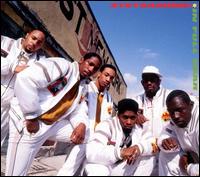
In Full Gear is the second studio album by American hip hop band Stetsasonic, released in 1988 by Tommy Boy Records.
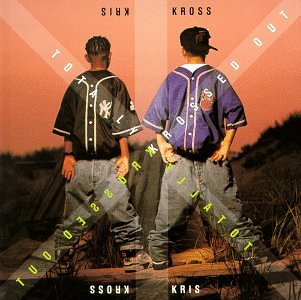
Totally Krossed Out is the debut studio album by American hip hop duo Kris Kross. It was produced and largely written by Jermaine Dupri and Joe "The Butcher" Nicolo and released on March 31, 1992, by Ruffhouse Records and Columbia Records. After developing a musical concept for the duo, Dupri and Nicolo spent two years writing and producing the album.

Tough is the third studio album by the American rapper Kurtis Blow, released in 1982 through Mercury Records. The recording sessions took place at Greene St. Recording in New York. The album was produced by James B. Moore and Robert Ford Jr.

"Adorn" is a song written and recorded by American singer and songwriter Miguel. It was released as the lead single from his 2012 studio album Kaleidoscope Dream. The recording was produced by Miguel, who was inspired by his girlfriend and a series of dreams he had prior to writing the song.




















